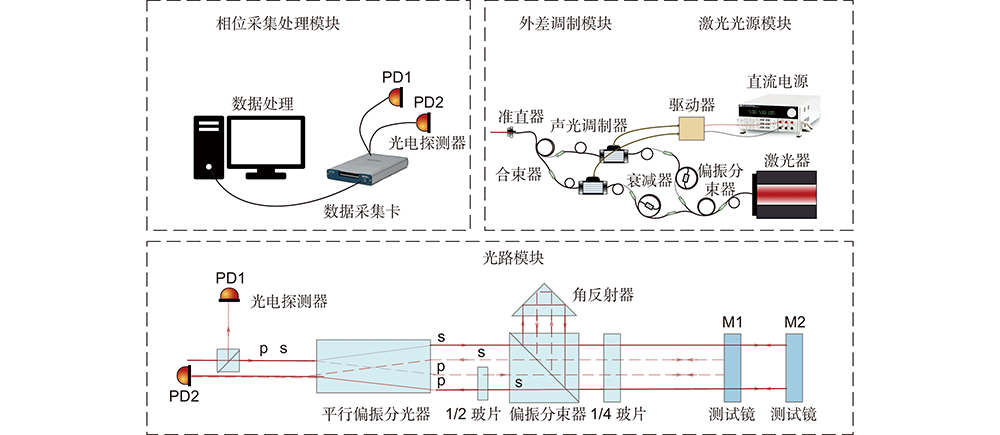Jian Luo, Jie Song, Sijun Fang, Fanle Kong, Yong Yan. Decoupling study and noise analysis of multi-degree-of-freedom deformation measurement method for space gravitational wave detection telescope[J]. Opto-Electronic Engineering, 2024, 51(2): 230211
Search by keywords or author
- Opto-Electronic Engineering
- Vol. 51, Issue 2, 230211 (2024)
Note: This section is automatically generated by AI . The website and platform operators shall not be liable for any commercial or legal consequences arising from your use of AI generated content on this website. Please be aware of this.
Abstract

Set citation alerts for the article
Please enter your email address


 AI Video Guide
AI Video Guide  AI Picture Guide
AI Picture Guide AI One Sentence
AI One Sentence


